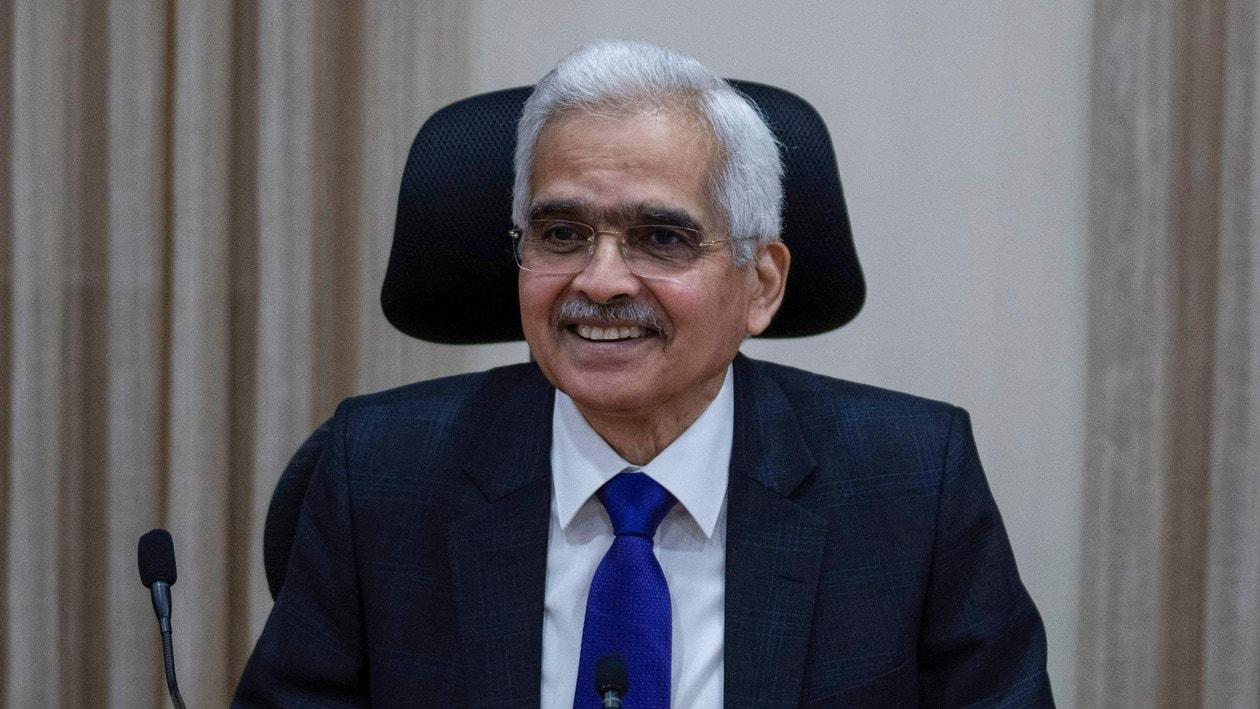(Reuters) - India's banking sector remained resilient in 2021/22 and lenders may have to raise deposit rates more to meet a surge in credit demand, the central bank said in a report on Tuesday.
The Reserve Bank of India (RBI) has raised rates aggressively this year to tame inflation. While banks have swiftly transmitted the hikes to their lending rates, deposit rates have been laggards for most.
"During 2021-22, as credit growth picked up and deposit growth moderated, the incremental credit-deposit (C-D) ratio reached a four-year high," the RBI said in its report on Trends and Progress of Banking released on Tuesday.
Loans of Indian banks rose 17.5% in the two weeks to Dec. 2 from a year earlier, while deposits rose 9.9%, the latest data from the RBI showed earlier in the month.
The consolidated balance sheet of Indian banks notched double-digit growth in 2021/22 after a gap of seven years, with credit growth accelerating to a ten-year high at the end of the first half of fiscal 2023, the report added.
The surge in credit growth was largely led by private sector lenders.
Indian banks have reported an improvement in performance and a decline in bad loans following the COVID-19 pandemic. Now that the economy is recovering, credit offtake has improved significantly.
To fund this credit growth, banks are mobilising deposits at a faster pace amid tight banking system liquidity in recent weeks.
The RBI's rate-setting Monetary Policy Committee has raised interest rates by a total of 225 basis points (bps) over five meetings since May this year.
The transmission repo rate increase during May-October to deposit rates is likely to provide a "fillip" to deposit growth rates, the report said.
In terms of asset quality, the gross non-performing assets (NPA) ratio of banks has been declining sequentially to reach 5% at end-September 2022, according to the report.
This decrease, the report said, was led by lower slippages as well as a reduction in outstanding bad loans through recoveries, upgrades and write-offs.
However, the number of fraud cases reported by private banks outnumbered those by state-run peers for the second consecutive year in 2021-22, according to the report.
In terms of the amount involved, however, the share of state-run banks was 66.7% in 2021-22, compared with 59.4% in the previous year.
The RBI said it was imperative that banks ensure due diligence and robust credit appraisal to limit credit risk. It also warned that slippages in restructured assets need to be monitored closely.
"The uncertainties characterising fast-changing macroeconomic scenario amidst formidable global headwinds during 2022-23 can pose new challenges to the banking sector," the RBI said. "If downside risks materialise, asset quality could be affected."
Non-banking finance companies (NBFCs), or shadow lenders, also need to be mindful of the rising interest rate cycle and persisting uncertainties due to global shocks. These lenders also face intensifying competition from banks, particularly in segments that were NBFC strongholds like vehicle and gold loans, the RBI said.
